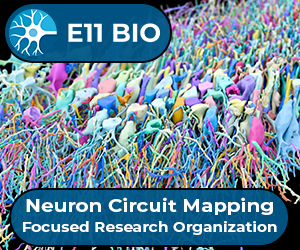Both science writers and investigative reporters rely on analytical skills, curiosity, skepticism and a knack for sussing out dubious claims, Liza Gross notes in The Science Writers’ Investigative Reporting Handbook. Her book, written with support from a NASW Peggy Girshman Idea Grant, tells how to explore the story behind the story, detect biases, and find concealed information.
On Jan. 13, nearly 100 science communicators packed into Huston-Tillotson University's science building, in Austin, Tex., for the first-ever SciComm South Conference; an afternoon of networking, learning, and fun.


